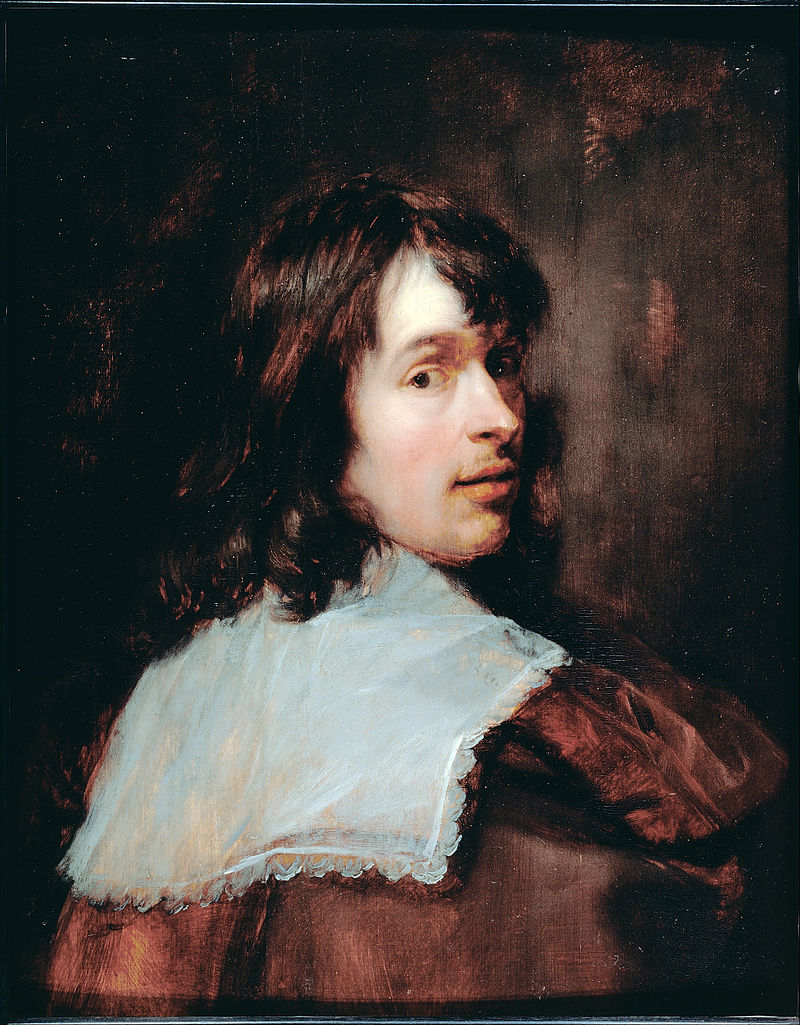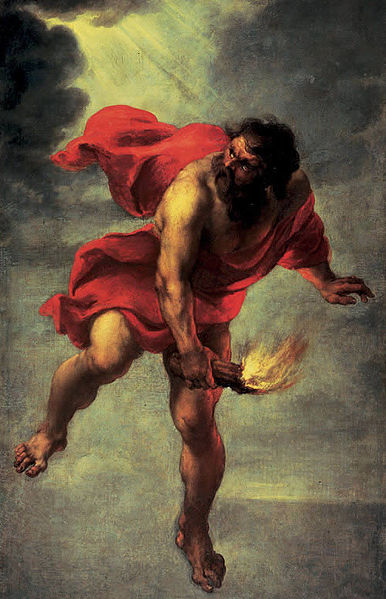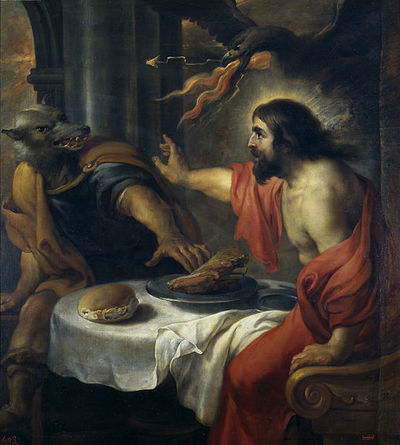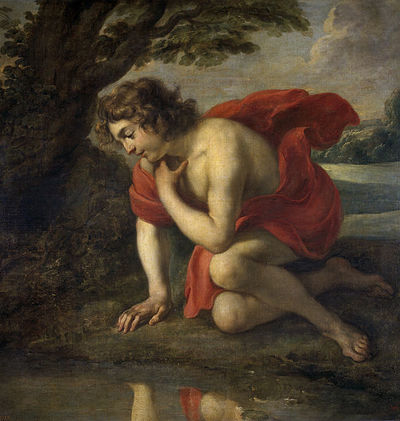Jan Cossiers (1600-1671)
Greek Mythology and Jan CossiersBorn: 15 July 1600: Antwerp
Died: 4 July 1671; Antwerp Nationality: Flemish Art Movement: Baroque Painting School: Flemish School, Antwerp School Jan Cossiers (15 July 1600, Antwerp – 4 July 1671, Antwerp) was a famous Flemish painter of the 17th Century, and whilst early work dealt with daily life, paintings undertaken taken in his life dealt with historical and mythological subjects. Born in Antwerp, Cossiers was initially trained by his father Antoon Cossiers, before entering the studio of Cornelis de Vos. Subsequently, Cossiers travelled to Italy, where the works of Carvaggio greatly influenced the young artist. Cossiers would later return to Antwerp at a time when Peter Paul Rubens was the prominent artist, Cossiers would be influenced by Rubens, but also worked alongside the famous Flemish painter. The influence of Rubens saw Cossiers make use of designs and drawings from Rubens in his own mythological scenes. Cossiers famous paintings of Greek mythology include Prometheus Carrying Fire (1637) and Narcissus (1636-38). |
|
|
|
|



